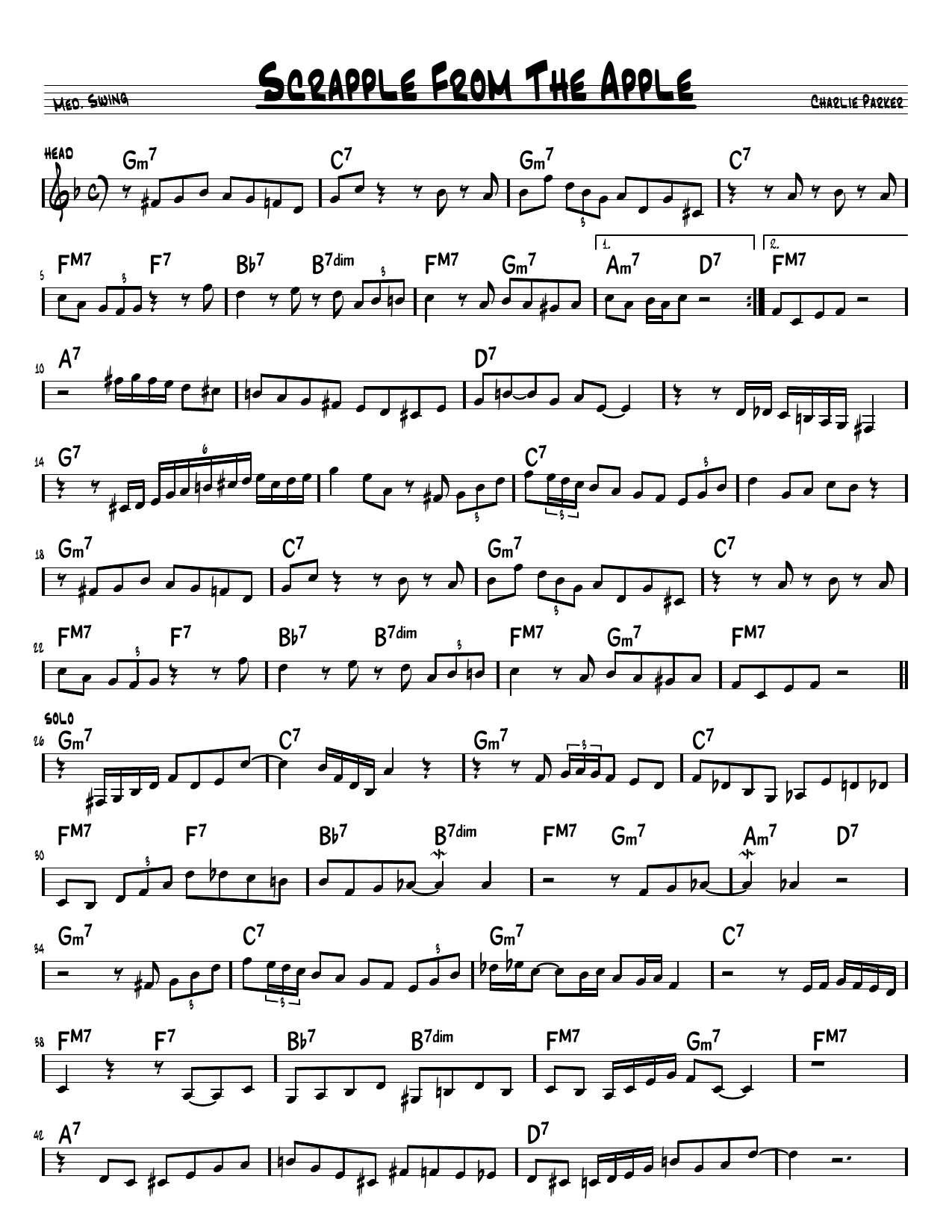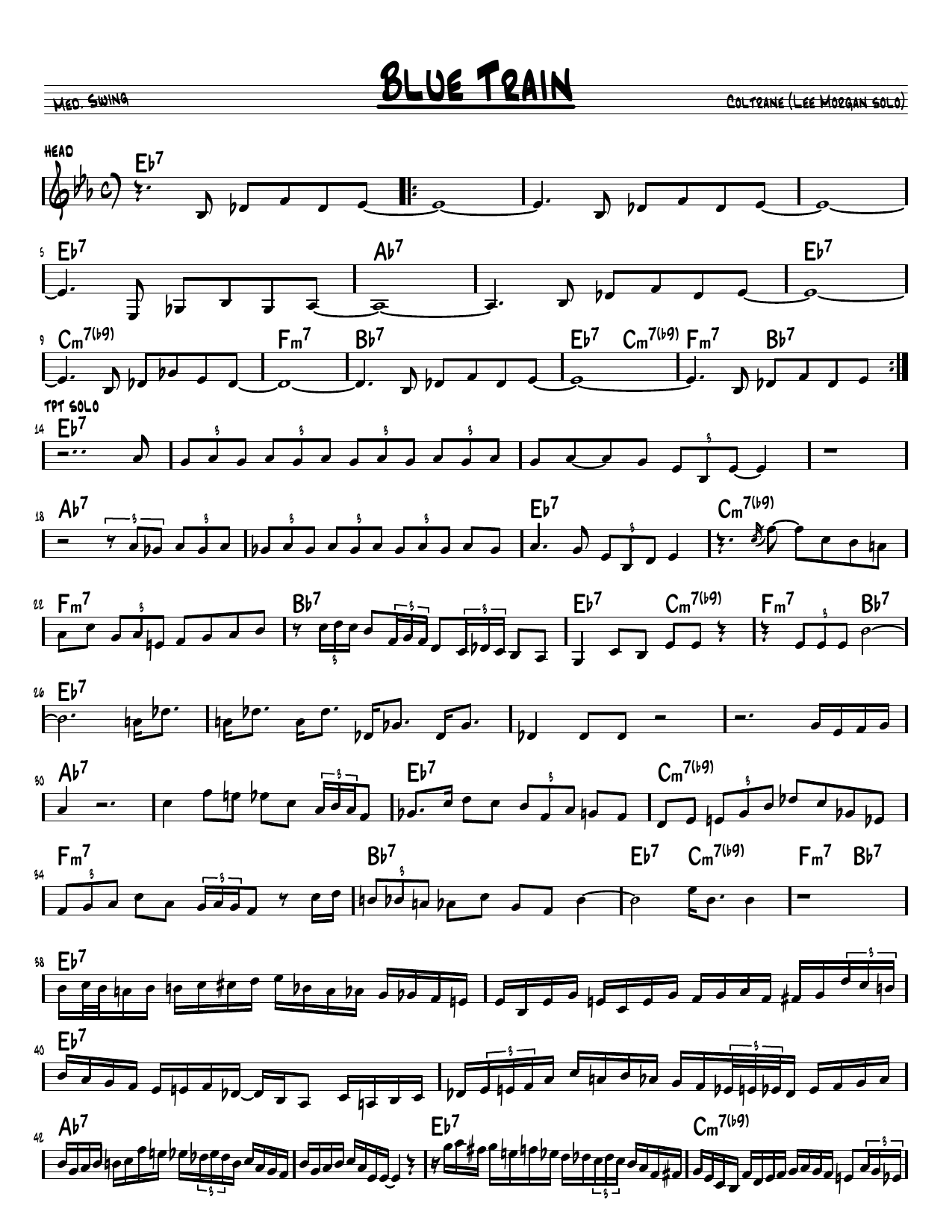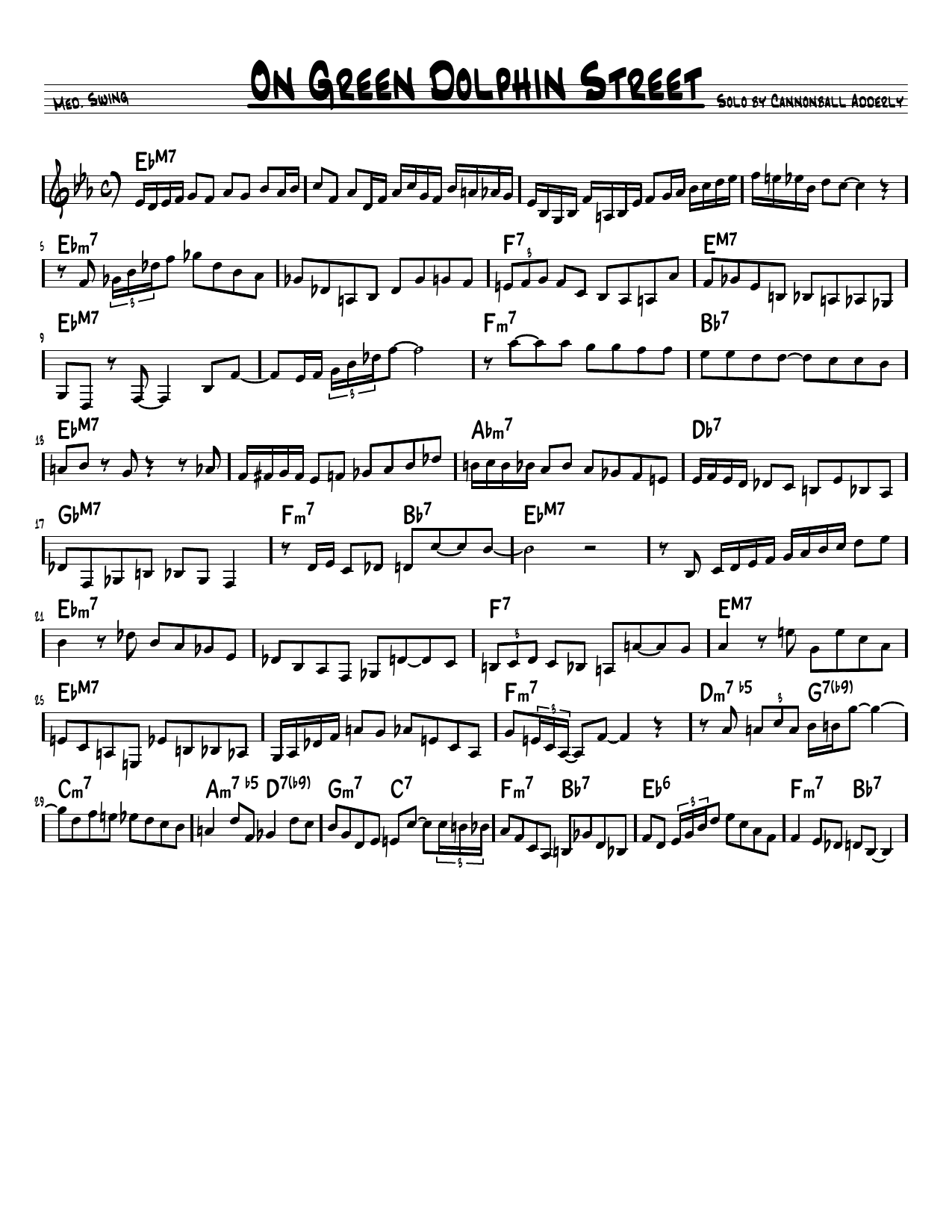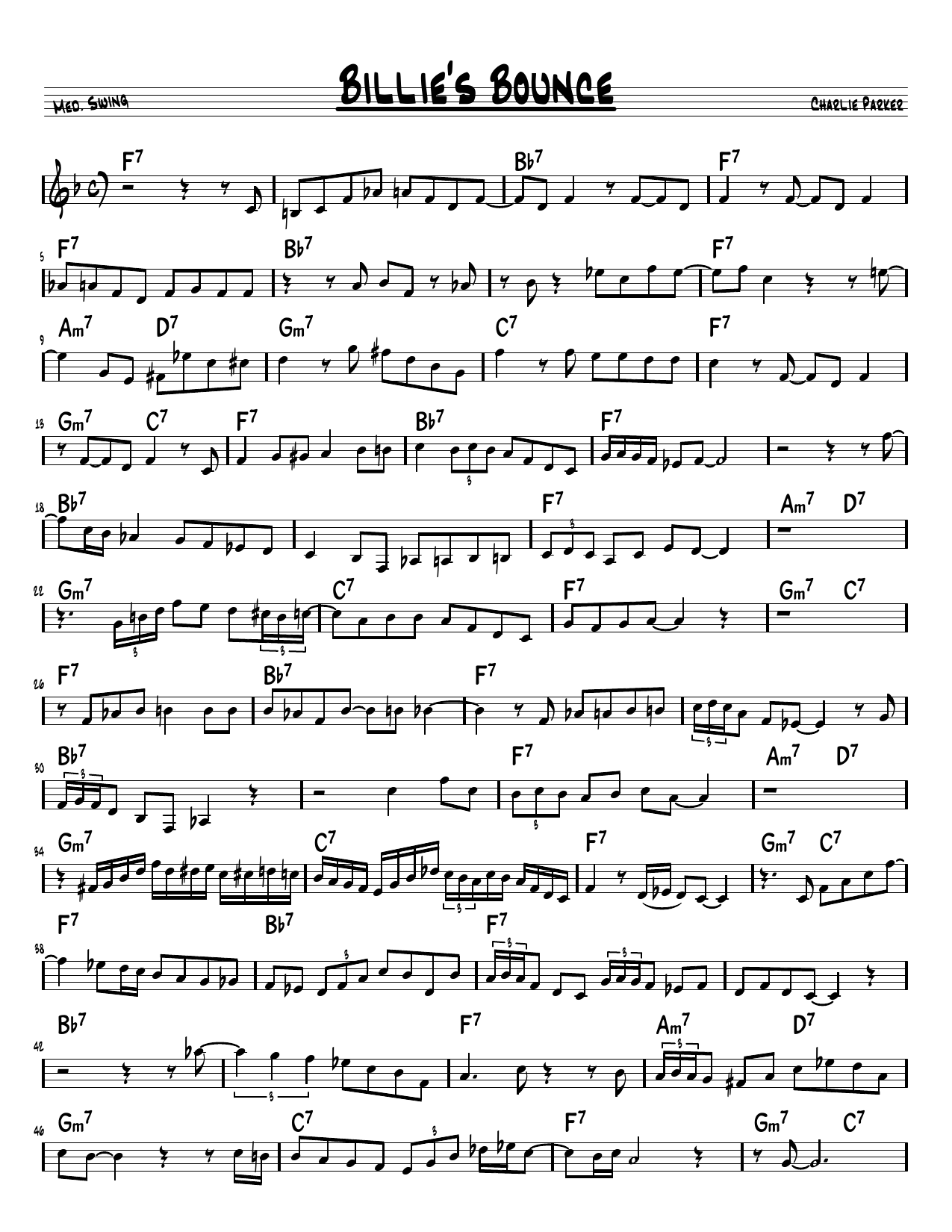
The path of totality of the April 8, 2024 eclipse just barely missed our house, so I did what any extremely normal person would do: booked a hotel 4 months in advance two hours west of here, pre-ordered a dozen eclipse glasses, and then took a day off of work to go watch it.
Totally (ahem) worth it.
Most folks in this area headed out to Niagara Falls, but I gambled on Kingston being less packed. I drove the boys out there the day before. We checked in, then spent a bit of time walking around the lakefront near a pop-up eclipse store selling eclipse merch and playing eclipse-themed songs — of course “Total Eclipse of the Heart” and “Eclipse” from Dark Side of the Moon were featured, but I feel like there were still others? We had dinner in the chainiest of chains because any other restaurant was booked the whole night.
The weather forecast was cloudy, but we still expected crowds so we took the bus to the park — an hour plus odyssey with a transfer to travel less than an unwalkable mile. It ruined public transportation for my children forever. But we arrived.
…to a swarm of bugs populating Fort Henry. If I could do one thing over, we would have packed bug spray. These insects did not bite but hovered, everywhere, presumably tasting badly as none of the local birds bothered reducing their numbers. We huddled face-down on the blanket for the first few hours. Then we bought some overpriced hamburgers, played a few lawn games, and swallowed some more bugs to pass the time.
Eventually the moment of first contact arrived, and the clouds rolled in, dense enough to make the eclipsing sun a blurry, barely visible, disappointing smudge as viewed through the glasses. Alex moaned about the unfairness of the universe.
Ten minutes in, the clouds thinned, and the universe was fair again. We had a spectacular view of the encroaching moon. “This is amazing; also, please don’t blind us!” ran my inner monologue. “It’s a pac-man!” enthused Sam.
As the sun narrowed to a sliver, the clouds showed up again and dimmed the sun. Then it got cold: jackets back on. Then it got a bit darker. The clouds abated once more. With just a minute more to go, Ian began chanting, “To-tal-i-ty! To-tal-i-ty! To-tal-i-ty!” The sun disappeared from view. And everyone began cheering.
We took off the glasses to see the hole in the sky. A ring of light, with red dots on the edges. We would read later that those dots were solar prominences, hundreds of thousands of miles long. Far larger than one’s own worries.
I wouldn’t call the experience life-altering, but it is hard to describe. Reflecting a month later, my mind’s eye is incapable of fully reconstructing the image, but my brain supplies the deep chime of a carillon to underline the feeling of awe.
The moon continued on its way and the lights came back on to more cheering. Ian exclaimed, “that was the best three minutes of my life!” Alex hugged me euphorically. Sam said, “okay, now let’s get on the bus and go back home.” And so we did.
Or we tried. The bus route was late, or changed, or cancelled, so we spent a few hours waiting and talking with other stranded folks, sun getting its revenge by burning our skin, until we all gradually gave up and Ubered back.













